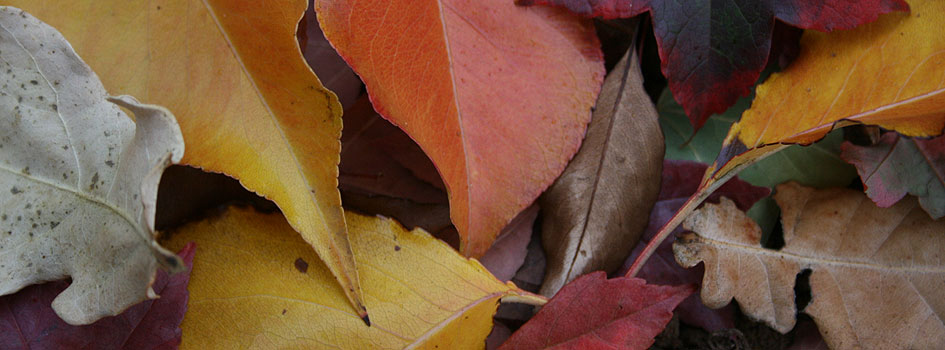Oak Tree Listing
Oaks are a speciality at Small Tree Farm. They have many advantages as farm trees, not least because of the value of their acorns as fodder for livestock. See here for more information.
This list describes the Oak (Quercus) trees that we generally grow in our bare root nursery. Due to vagaries of production and demand however not all of the trees listed here will be available every year.
For the current list of trees available for the coming winter please go to the 'Price List'. This is updated in March or April each year.
For more information about bareroot trees please see the 'About Bareroot Trees' page.
Please enquire if the tree you are looking for is not listed - we may be able to help.
Sawtooth Oak
Quercus acutissima
Up to 15m.* A fast growing smaller Oak from Japan with glossy green foliage and nice yellow autumn colour. Its handsome chestnut shaped leaves with sawtooth margins hold on through most of winter. Fruits bi-annually and often produces large amounts of acorns.Algerian Oak
Quercus canariensis
Up to 15-20m.* A vigorous broad shady big leaved Mediterranean Oak. A semi-evergreen it holds some leaves through the winter with these turning golden late providing relief from continual grey skies.Turkey Oak
Quercus cerris
Up to 20m* Another Mediterranean oak but from the eastern end: Anatolia. Deciduous with a distinctive mossy acorn cap. Slender crown when young becoming broadly spreading with age. Good tree for coastal and exposed situations.Portuguese Oak
Quercus lusitanica
Up to 20m * The most commonly planted oak tree in south west Australia. Compared to the similar looking English Oak which they are frequently mistaken for, Portuguese Oaks are more semi-evergreen in nature and have extra vigour thanks to their natural suitability to our Mediterranean climate. Can colour up in late winter when most deciduous trees have long since gone dormant; in summer they provide unsurpassed shade and are an excellent fire retardant. A greatly spreading, hardy and persistent tree suitable to almost any site.English Oak
Quercus robur
Up to 25m.* Famously tall and broad majestic fully deciduous tree with nice yellow/orange autumn colour. Usually drops all its leaves by May. Not able to withstand dry and hot summers quite as well as other species.Red Oak
Quercus rubra
Up to 18 m.* A well structured slightly smaller tree with bright green lobed leaves and vibrant red-golden brown autumn colour and a lovely red blush to the young spring shoots. It is broad and rounded and often nearly as wide as it is tall. Prefers moist well drained soils in cooler areas but will tolerate a wide range soils from clays to loamy sands if there is adequate moisture.Pin Oak
Quercus palustris
Up to 20m.* A easy oak to grow which can be fast on moist soils, with a good domed shape, drooping lower branches and glossy deeply lobed leaves. The Pin Oak colours spectacularly orange to scarlet in autumn. Often retains browned leaves into winter. Very reliable oak for a wide range of situations including parks gardens and streetscapes.French Oak
Quercus petraea
Up to 20m. *New to Australia, this famous oak is used in the French wine industry for its barrels. Similar to the English Oak, but usually more upright in habit and taller. Yellow and orange autumn colour. Vigorous and good acorn producer. This seed line originates from the forest of Ligerien in France a noted wine barrel wood producing area.Willow Oak
Quercus phellos
Up to 20m.* The leaves are quite unlike an Oak: narrow with smooth edges like a willow, entirely without the deep lobes that characterise the Oaks. With its liking for moist sites and dainty semi-weeping habit it is not hard to see how it came by the name of Willow Oak. From warm south eastern USA. Yellow and orange autumn colour. Needs moisture.

Postal Address: PO Box 21 Balingup Western Australia 6253
Telephone/Fax: 08 9764 1113
Email: Contact

































